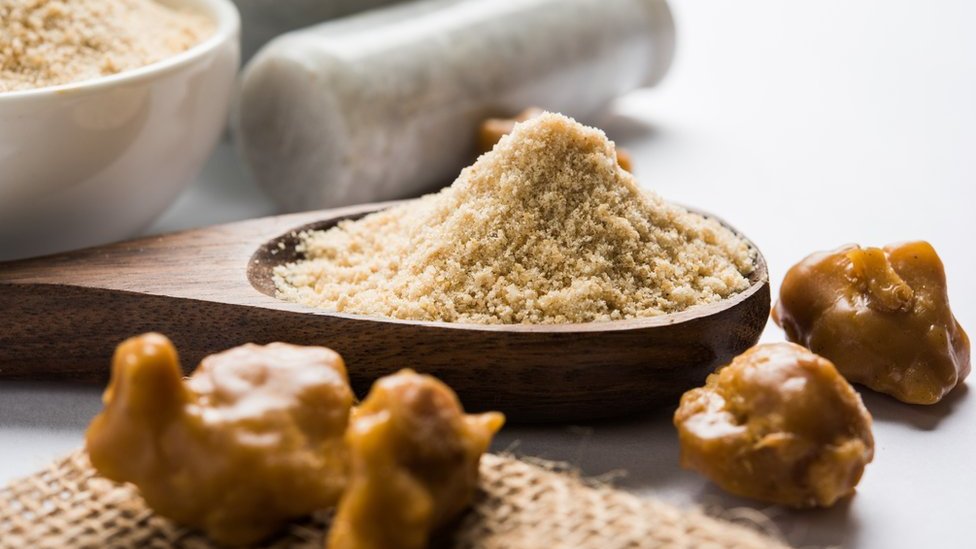
Spices are essential in the culinary world since they provide different meals scent, flavor, and depth. One such exceptional spice that has long been a staple of Indian, Middle Eastern, and Central Asian cuisines is “Hing.” Hing, also referred to as “Asafoetida”, is a resinous gum made from the Ferula plant’s roots.
Although Asafoetida has its origins in Afghanistan and Iran, it is primarily recognized in Indian cooking as Hing. The high concentration of sulfur molecules in Asafoetida gives the spice its characteristic strong, pungent odor. It has such an offensive odor that it is often called “stinking gum.”
When prepared for people to eat, however, its flavor and aroma improve dramatically, drawing comparisons to leeks, garlic, and even meat
Hing is used to cure bronchitis and kidney stones, as well as to help digestion and gas, in Ayurvedic medicine. To protect themselves from illness, certain Middle Ages people wore the dried gum around their necks. Many of the asafoetida’s traditional applications remain unverified by modern studies.
Lets explore the fascinating history of hing in the following article, from its manufacture to its essential role in improving the flavor of different cuisines.
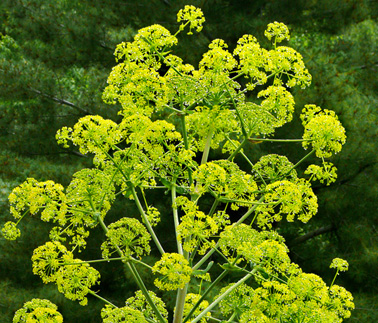
Sourcing and Harvesting
The roots of the Ferula plant (Ferula assa-foetida), which is largely grown in countries like Iran, Afghanistan, and India, are used to make Hing. The plant may grow up to 10 feet tall and survives in tough, desert environments. The main source of Hing is the Ferula plant’s roots.
The taproot is visible when the plant is carefully uprooted during harvesting season, which occurs in the spring. The thick, fleshy taproot is where the resinous gum is found.
Resin Extraction
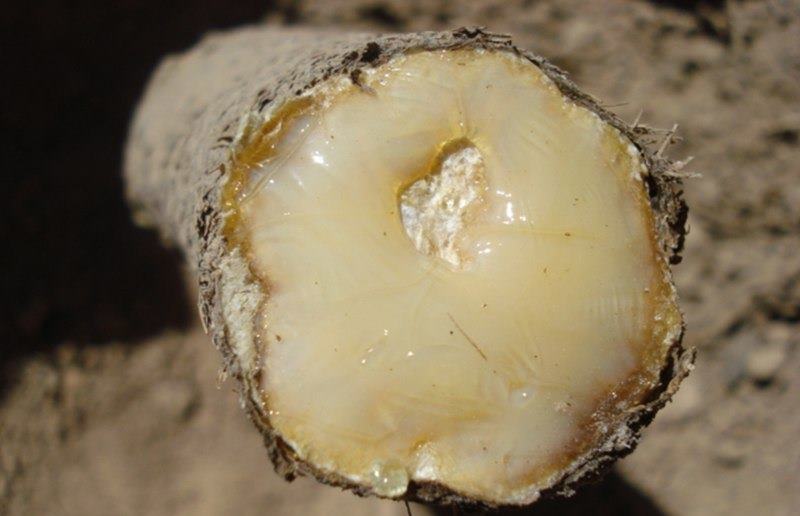
The gum resin is removed from the roots after they have been collected and sent to processing units. The following are the typical stages of extraction:
The taproots are washed to get rid of any debris or contaminants.
The resin is then exposed by slicing the roots near their base. Alternately, they can be smashed to help release the resin.
When the roots are mashed or sliced, a milky, yellowish fluid flows forth. The resin used to produce Hing can be found within this sap.
Drying and Solidification
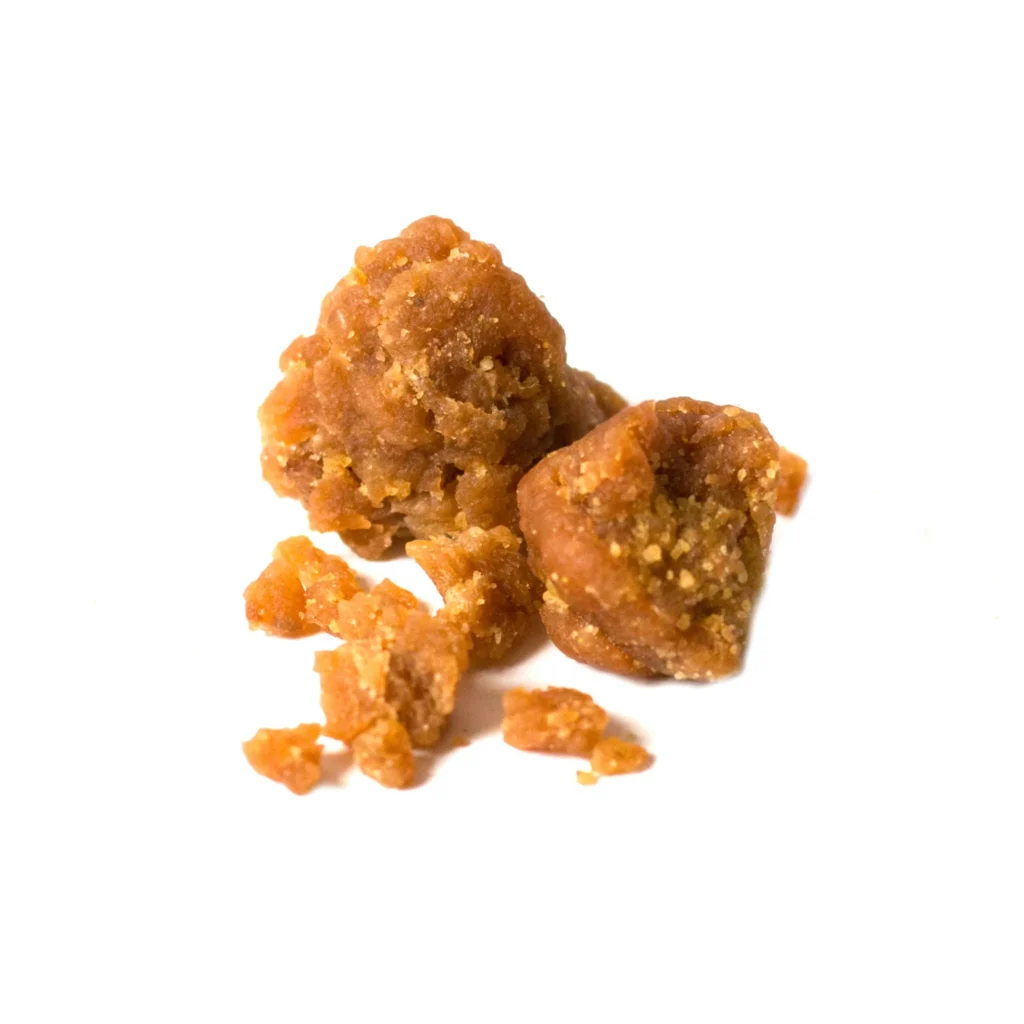
After collecting the resinous sap, it is spread out to dry on clean surfaces like wide trays or flat stones. Drying is essential because it helps the resin harden and gets rid of any extra moisture. The sap is normally left to dry out of the sun in a well-ventilated place.
The resin changes during the drying procedure. It begins as a sticky, viscous liquid but, when it dries, it hardens and solidifies into lumps or pieces. The sulfurous, pungent scent of the resin intensifies as it dries, leading to the distinctive odor of Hing.
Grinding and Powdering
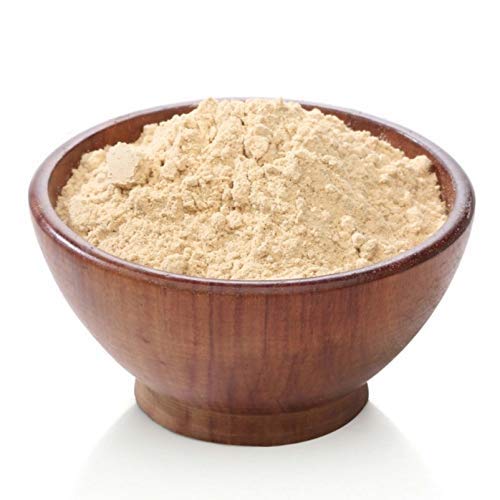
The resin is prepared for grinding into a fine powder when it has dried and set. Different grinding processes are used to break down the resin into smaller, more manageable chunks. Crushing the resin into a powder using a mortar and pestle is a common traditional technique. In order to maintain a constant texture and particle size, advanced machinery is frequently utilized today.
To keep the powder from clumping and to improve its flow qualities, some manufacturers add a small amount of wheat flour or rice flour during the grinding process. However, this is not required, as pure Hing is also for sale.
Packaging and Distribution
As soon as the Hing powder has been ground, it is ready to be packed and sent out to stores. Hing is hygroscopic, therefore it needs to be stored in sealed containers to keep it from absorbing moisture and losing its pungent flavor.
Hing is labelled with its source, quality, and best-before date so you know exactly what you’re getting. It is then sold to restaurants and grocery stores across the country and beyond the world.
Note: It’s essential to remember that different manufacturers and geographical areas may have distinct production processes. In addition to being available as a powder, certain producers may also sell Hing as resin or in a semi-solid consistency. However, the previously mentioned phases offer a broad perspective of the Hing production process.
Medicinal Benefits of “Hing”
Asafoetida, or “hing,” has a long history of usage in traditional medicine in addition to its widespread culinary application. It has long been appreciated for the therapeutic benefits it provides. Here are a few of Hing’s therapeutic effects:
Digestive Aid
Hing’s carminative and antispasmodic qualities have long made it a popular digestive aid. Bloating, gas, and indigestion are among the digestive discomforts that it aids in reducing. Hing improves better digestion by triggering the release of digestive enzymes, which aid in food breakdown.
Anti-flatulent
Hing’s ability to reduce flatulence and relieve gas makes it a valuable remedy for gastrointestinal issues. It helps in the expulsion of excess gas from the intestines and provides relief from abdominal distension and discomfort
Antimicrobial and Antifungal
Hing is useful in treating some bacterial & fungal illnesses since it has antibacterial and antifungal effects. Coughs, bronchitis, and respiratory infections have all been traditionally treated with it. Hing may contribute to preventing the formation of dangerous bacteria and fungus, improving respiratory health in general.
Blood Pressure Regulation
According to certain research, hing may help lower blood pressure by having a hypotensive impact. This potential advantage can be due to Hing’s inclusion of specific bioactive substances.
Anti-spasmodic
Hing is effective at reducing muscle cramps and spasms because it relaxes smooth muscles. It may help with colicky disorders and menstruation pain.
Anti-coagulant
The anticoagulant coumarin molecules found in hing have this property. They enhance blood flow and aid in preventing blood clots. However, before ingesting Hing or Hing supplements, people who are using blood-thinning drugs should use caution and speak with a healthcare provider.
Respiratory Health
Hing has long been used to promote respiratory health. As an expectorant, it aids in the removal of extra mucus from the respiratory tract and relieves coughing fits and congestion. Hing is frequently used in Ayurvedic cough medicines and is effective for treating asthma and bronchitis.
Note: Despite the fact that hing may have a variety of medical properties, there hasn’t been much scientific study on the precise health benefits it offers. To validate and examine its medicinal applications, more research is required. Before utilizing Hing for therapeutic purposes, like with any pharmaceutical drug, it is essential to speak with a healthcare provider, especially if you have underlying health concerns or are taking medications.
Swikriti Dandotia












